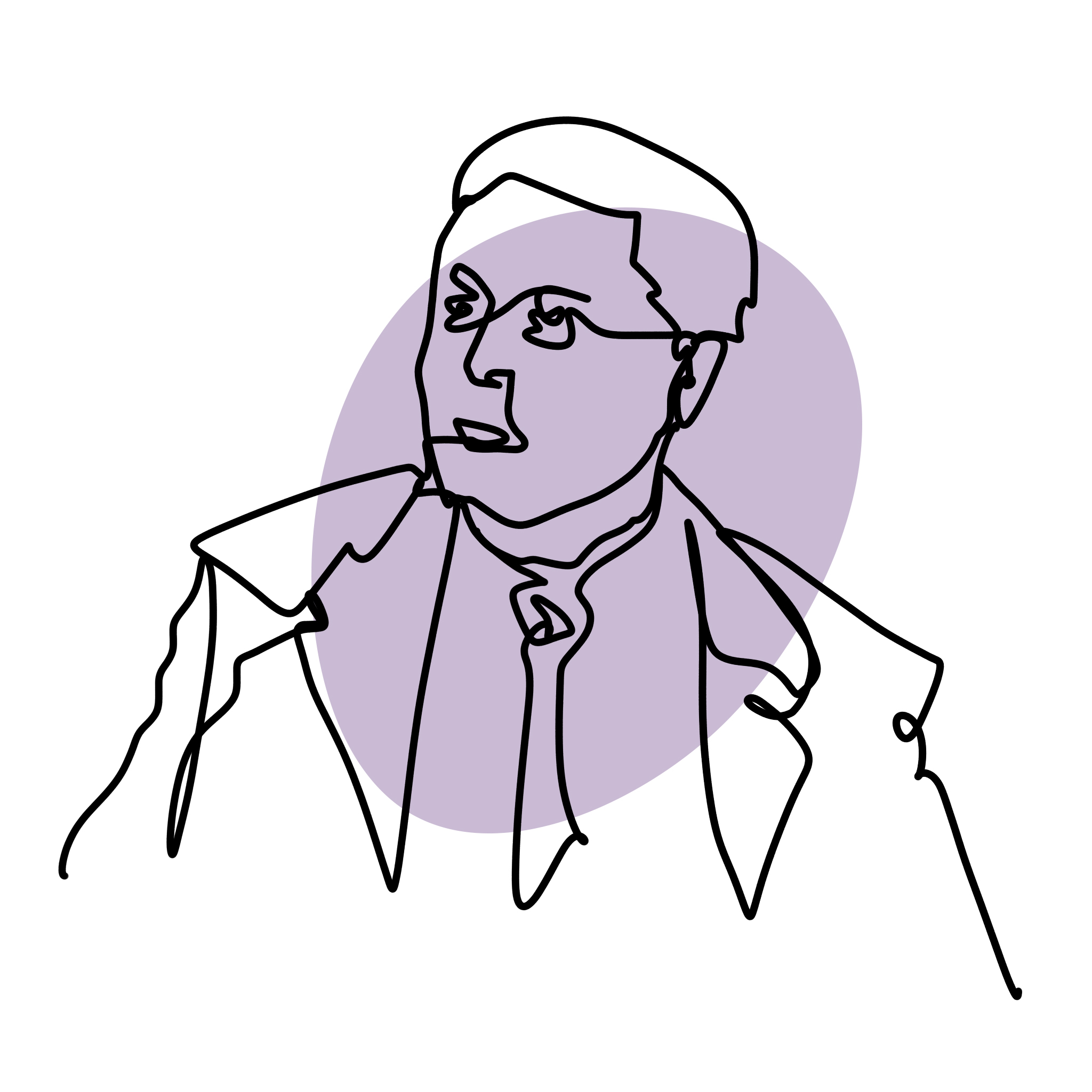During a life that lasted almost a hundred years Henry Clemens Van de Velde (Belgium 1863 - Switzerland 1957) became an artist, a theorist, a graphic designer and a successful architect. His extraordinary versatility led him to experiment with every trend of his time and made him one of the few people capable of interpreting a secular transformation such as that of Modernism.
At the same time this versatility has left most of his artistic production in the shadows. A quick look to the doodle created by Google on April 3, 2013, to celebrate 150 years since the birth of the Belgian architect, can give you a graphic idea of the range of projects he worked on: an impressionist painting, an ornamental design, a design chair, an architectural project, a train station and a famous library, are combined to compose Google name.
Van de velde started his career ad an impressionist painter portraing life and nature in his paintings which evolved from a minute pointillism to a Van Gogh inspired colorism. For most of his career organic world's forms remain the only possible language for him, whether he worked in graphic desig or in the applied arts. As in William Morris' English Arts and Crafts, the sinuous movement of plants inspired the design of his candlesticks, teapots and wallpapers. Soon Van de Velde, along with Victor Horta and Paul Hankar, became one of the founders of Art Nouveau in Belgium.
Natural ornaments were soon applied to interiors and architectural projects in Brussels and Paris. Memorable are for example the rooms designed for Siegfried Bing's Art Noveau gallery in Paris. Unfortunately none of his projects survive today, but we are left with sensational black and white images: stairs with transformed geometry, columns that look like frontispieces and fantasies that combine tropical accents with pop elements.
Henry Van de Velde always seems to find himself in the centres of artistic change, be it Belgium, Switzerland, France or Germany where he began laying the foundations for the imminent Modernist revolution. But as much as Van de Velde understood the need to put function before form, he never managed to give up his aesthetic vision, carrying on a never ending conflict between the artist and the designer throughout his career.






.png)





